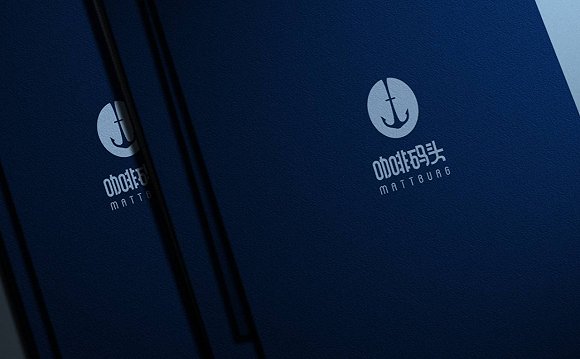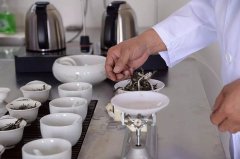How to determine the freshness of coffee powder? How to judge whether coffee powder is fresh or not

For professional baristas, please follow the coffee workshop (Wechat official account cafe_style)
Fresh, is the king of delicious coffee.
More and more people are getting used to buying freshly roasted coffee beans directly from bakeries, so there are a lot of tips to teach you about the freshness of coffee beans, the most common of which is:
Whether there are enough bubbles when brewing.
Freshly roasted coffee beans, because the beans contain a lot of gas, strong respiration, in the extraction, the beans released gas, we see is a wonderful plump bubbles, there is a very vivid adjective, "blooming". Yes, when fresh coffee beans are extracted, clumps of rich bubbles bloom like flowers of this season.
It is accompanied by the rich aroma of fresh coffee beans.
An in-depth study of whether bubbles are abundant or not
During extraction, the richness of bubbles is positively related to freshness. The fresher the bubbles are, the more bubbles are. However, there is a premise for the same coffee bean. To be exact, it is the same raw beans, the same baking, the same operation.
The fullness of bubbles will be different between different coffee beans, or between different roasting degrees of the same coffee bean, or between different operating coefficients of the same coffee bean.
To sum up: the fresher the same coffee bean, the richer the bubbles; for the same coffee bean, deep roasting is more abundant than shallow roasting bubbles.
And between different coffee beans, apart from the differences in baking degree and other factors, only from their own structure, will also reflect the difference in hydrophilicity, the most intuitive reflected in the speed of water absorption and the degree of blistering.
Suggestions for adjusting extraction
For the same coffee bean, if the existing operation mode of extraction is not ideal, you can consider: increasing the number of coffee powder, increasing the thickness of the powder layer, increasing the combination time of coffee powder and water; increasing the extraction water temperature, further stimulating the activity of coffee beans; reducing the degree of grinding, grinding a little finer, and increasing the contact area between coffee powder and water molecules.
Of course, the above advice is for fresh coffee beans.
The regulation of each extraction factor will have a certain impact on the final taste of coffee. For the taste of the last cup, we still need to rely on the maker's grasp.
Through the adjustment of many factors, to get the "perfect cup" in mind, regardless of whether the result is achieved or not, the process of pursuing delicacy alone is also a wonderful experience. This is the joy of manual brewing.
I wish you all enjoy the coffee during the journey of making coffee by hand.
Important Notice :
前街咖啡 FrontStreet Coffee has moved to new addredd:
FrontStreet Coffee Address: 315,Donghua East Road,GuangZhou
Tel:020 38364473
- Prev

Finding a suitable baking degree with the quality of raw beans
Professional barista communication please follow the coffee workshop (Wechat official account cafe_style) recently got a 2015 harvest of the sun Yega Chuefei. Well, it's 2017 now, which means this bean missed the best baking period. It is already what people call an out-of-season bean. The same raw bean varieties, manors, elevations, treatment methods, and beans in the new season will follow those in the past season.
- Next

How to select the type, efficacy and use of hand-made coffee filter cup
Communication of professional baristas Please follow the Coffee Workshop (official Wechat account cafe_style) in the Japanese magazine "coffee shop", it is mentioned about the flow rate of several common coffee filter cups, which is a very interesting result, which is usually not discussed when making coffee by hand. Let's take a look at the picture above, from left to right, cooking time.
Related
- Beginners will see the "Coffee pull flower" guide!
- What is the difference between ice blog purified milk and ordinary milk coffee?
- Why is the Philippines the largest producer of crops in Liberia?
- For coffee extraction, should the fine powder be retained?
- How does extracted espresso fill pressed powder? How much strength does it take to press the powder?
- How to make jasmine cold extract coffee? Is the jasmine + latte good?
- Will this little toy really make the coffee taste better? How does Lily Drip affect coffee extraction?
- Will the action of slapping the filter cup also affect coffee extraction?
- What's the difference between powder-to-water ratio and powder-to-liquid ratio?
- What is the Ethiopian local species? What does it have to do with Heirloom native species?

